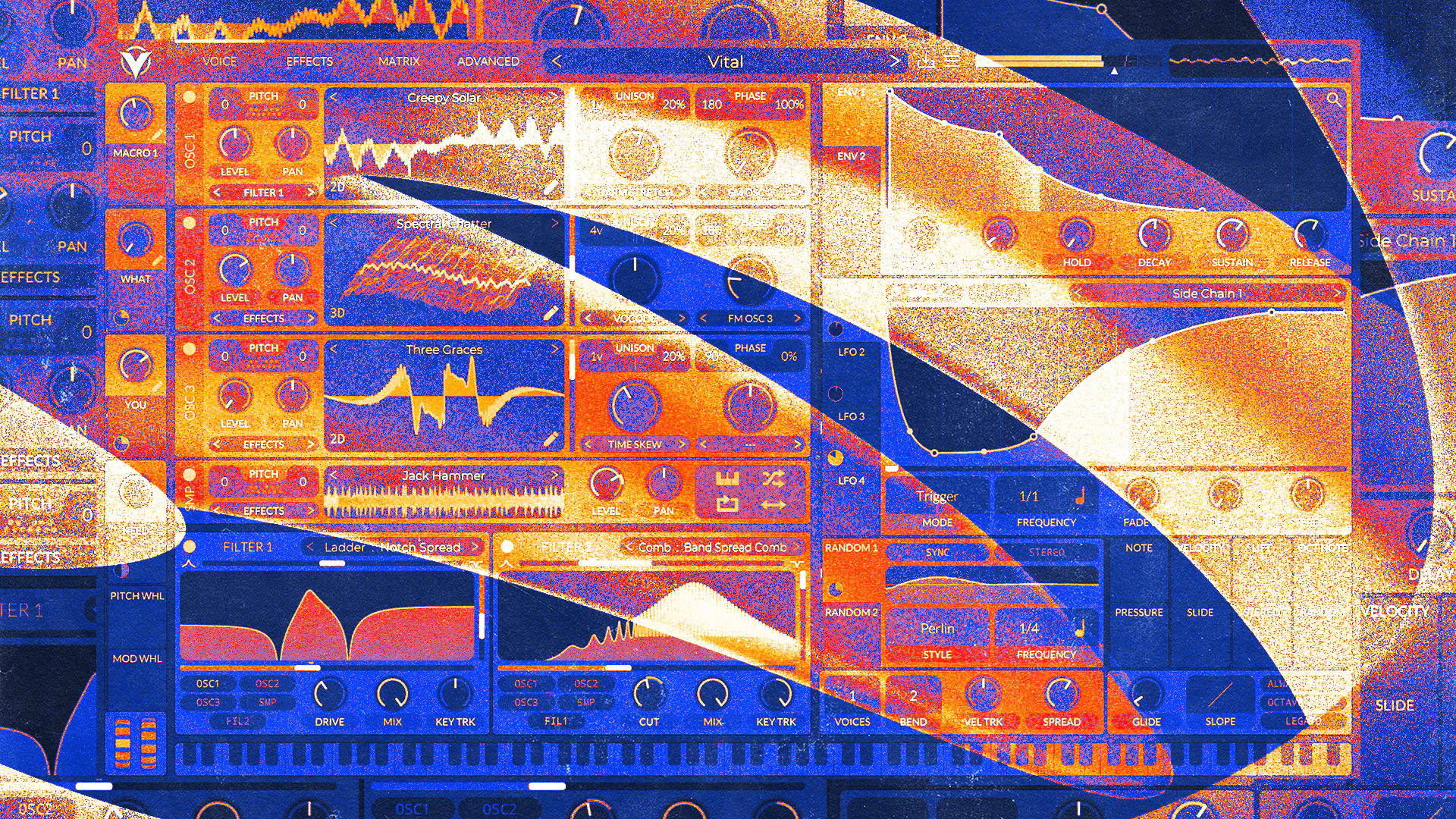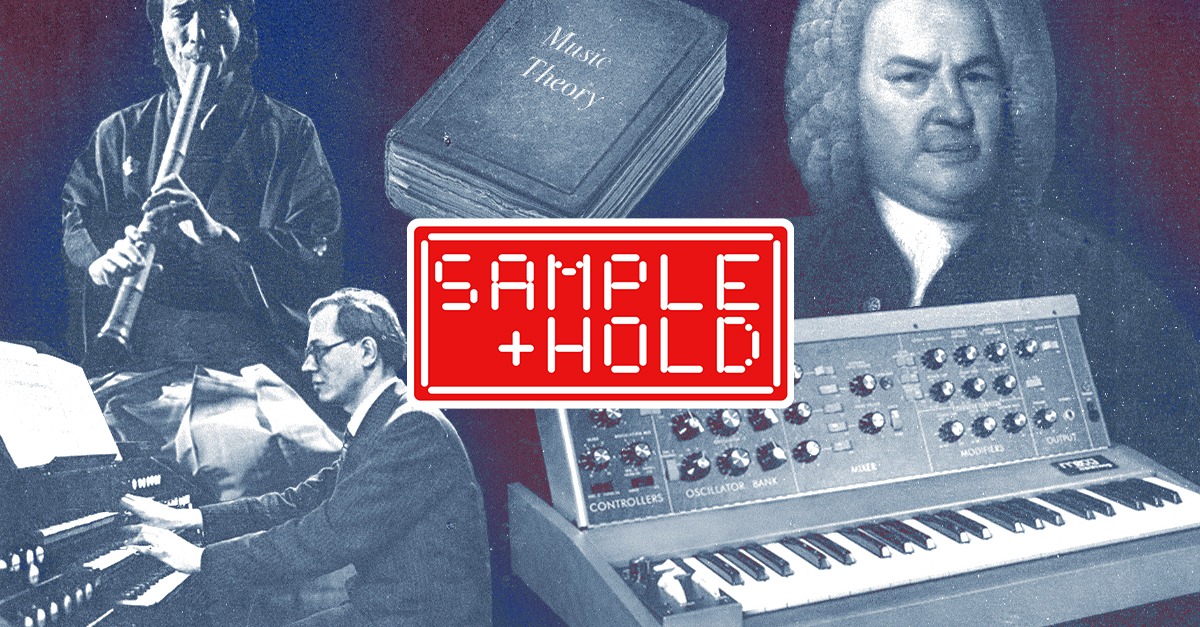
Sample and Hold: Music Theory Edition

Welcome to Sample and Hold, the series on the LANDR Blog where we highlight one unique crate-digging session and the digger’s gold we came back with using Selector—the world’s first AI sample recommendation tool.
Browsing samples online can take you in unexpected directions. With a library as deep as the LANDR Samples catalogue, you’re bound to find something that takes you out of your comfort zone.
This time my Selector session took me on a zigzagging journey through interesting concepts in music theory.
Let’s check it out.
Theory guides, production tips, new free plugins, gear guides and more—delivered weekly
Keep up with the LANDR Blog.
Starter loop: Octatonic piano
I started this session by browsing through my Discovery page, but I just couldn’t help clicking on a piano sample with the word “octatonic” in the title.
Octatonic can mean any eight note scale, but it mostly refers to the symmetric scale created by alternating whole and half steps.
Octatonic can mean any eight note scale, but it mostly refers to the symmetric scale created by alternating whole and half steps.
Why is this scale so interesting? Try to take the same pattern of whole and half steps and move it around the keyboard. There are actually only three different unique possibilities!
That’s why it’s called “symmetric.” Building the scale from any of the 12 notes will always result in one of three octatonic collections.
These unique scales belong to the mystical set of patterns called the modes of limited transposition by 20th century composer Olivier Messiaen.
Selection One: Harmonic Minor
Let’s take a step back.
The octatonic scale is pretty cool for its unique symmetrical structure, but it might not be the most useful music theory tool for real life.
So let’s get back to basics with one of the most important scales that still confuses a lot of people.
I’m talking about harmonic minor.
On the first page of the selector session for octatonic loop I found this basic chord progression.
It’s a simple i-iv-V7 progression, but it’s a great example of why harmonic minor is so important.
If you need a refresher, here’s how it works. There’s more than one minor scale. In fact, there are three or four different versions!
The simplest is called natural minor. It’s the one beginners learn first since it’s based on the same scale formula as the major scale.
To build the natural minor scale just follow the major scale pattern of notes and semitones but begin on scale degree six.
To build the natural minor scale just follow the major scale pattern of notes and semitones but begin on scale degree six.
It sounds simple, but there’s a problem with the natural minor scale when it comes to harmony. It has no leading tone, so building a seventh chord on the fifth degree of the natural minor scale won’t give you V7.
The solution? Raise the seventh degree of the scale a half step up so that you’ll get nice tense V7 to steer you back to the tonic. That’s harmonic minor!
The exposed leading tone in this piano riff shows how harmonic minor gives the progression recognizable harmonic and melodic drama.
Selection 3: Shakuhachi
My next selection (found on page 4 of the piano progression) was another impulse click.
I can’t resist a good shakuhachi! This wooden flute is a traditional Japanese instrument with a centuries long heritage.
You’re sure to recognize its unique and atmospheric timbre.

The simple construction of the shakuhachi makes it incredibly difficult to play but extremely expressive in the hands of a skilled player.
How is this possibly related to music theory you ask? Shakuhachi are tuned to the minor pentatonic scale. It’s part of what gives shakuhachi music its melancholic yet mysterious sound.
Like octatonic, the term pentatonic means a scale constructed with five notes.
Minor pentatonic is the basis for the blues scale and other important scales for improvisers.
Minor pentatonic is the basis for the blues scale and other important scales for improvisers.
They sound open and neutral because of their skips between scale degrees. You can hear the unique flavor of this scale in the brief pentatonic flourish in this shakuhachi sample. Cool!
Selection 3: Crappy piano?
This keys sample I found on page six had such an eye-catching name that I had to hear what it sounded like.
Is it crappy? Hardly, dear reader—it’s actually pretty cool.

The sound is an analog-style synth patch that doesn’t sound much like a piano playing a very piano-like passage.
It’s still in the minor mode, and gets pretty close to a harmonic minor sound as the loop turns around.
But instead it subverts our expectations with a suspension.
Suspended chords are one of the most important chord types for playing with your listeners’ expectations.
In this case it’s a 4-3 suspension over the V chord, which almost makes it a type of cadential 6-4—if it resolved downward to V7.
Instead the sample loops back and leaves the suspension unresolved. The tension gives it a sense of rootlessness that would be at home in an emotive trap track.
Gear guides, tips, tutorials, inspiration and more—delivered weekly.
Keep up with the LANDR Blog.





